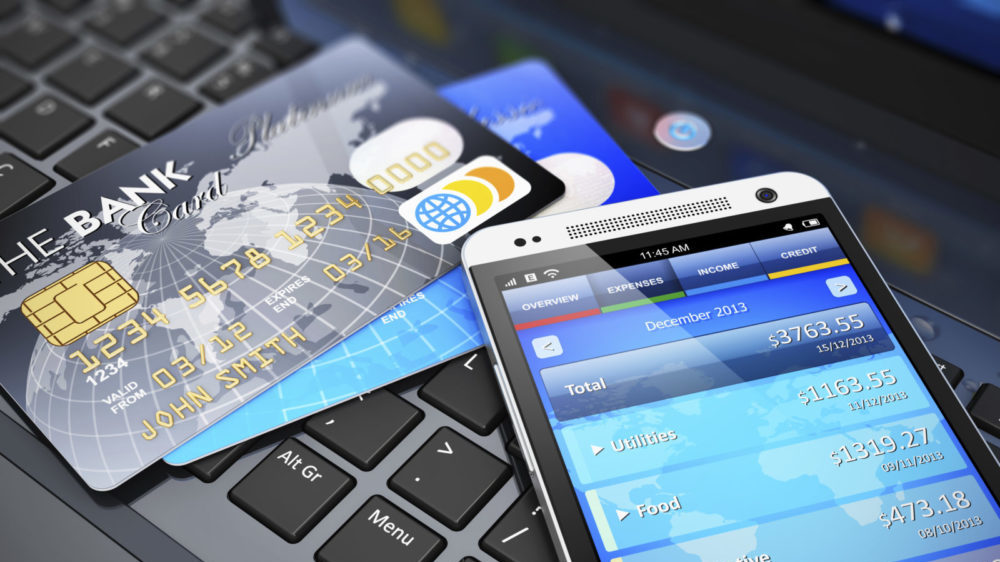
Mere 16% of Pakistanis have access to a formal financial service in Pakistan. “Lack of need” is cited as the main reason for not using formal financial services, according to Financial Inclusion Insights (FII) Survey by InterMedia USA (www.finclusion.org) in Pakistan (fieldwork conducted by Gallup Pakistan).
Of these 84% Pakistanis, 37% Pakistanis cite lack of need as the main reason for not opening a bank account or mobile money account, followed by 30% who say they do not have enough money to make any transactions with a bank account, while 5% do not know how to open a bank account.
Moreover, 4% said there are no banks in their vicinity and 3% each said they did not know what a bank is and they never thought about using a bank.
In 2013, only 14% Pakistanis accessed any formal financial account which has now increased to 16% in 2016.
Among the formal financial services, banks and mobile money are the most frequently accessed services (9% each).
Interestingly, 79% adult Pakistanis are aware of a point of financial service within 1 km of their homes, but only 16% have tried to use a service. The latter part of this press release explains the barriers to accessing financial services.
11% of the poor have access to any financial service in Pakistan; 89% do not. 7% of the poor have access to mobile money; 93% do not. 5% of the poor have access to banks; 95% do not.
7% of women access financial services in Pakistan. Of these, 2% women have access to mobile money and 5% women have access to banks.
Rural Areas: 7% Residents Have Access to Mobile Money and Banks
13% rural residents have access to any financial service in Pakistan. Of these, 7% rural residents have access to mobile money while 93% do not. 7% rural residents have access to banks; 93% do not.
Peer-to-Peer Money Transfer Drives Mobile Money
51% Pakistanis cite sending money to another person as the main reason to start using mobile money, followed by 41% who cite receiving money from another person. A further 10% cite sending money to an organization / government, 5% say someone requested them to open an account, while 4% say other reasons.
Among mobile money users, 42% cite receiving money as the top use of mobile money, followed by 37% who say sending money. Other frequent uses include bill pay as reported by 28%, withdrawing money (13%) and depositing money (12%).
Of these 84%, Pakistanis, 50% Pakistanis cite lack of need as the main reason for not using a mobile money service, followed by 17% who say they do not understand the service, while 9% cite lack of money to make the transaction.
Moreover, 6% said they do not know how to use the service, 4% quote registration paperwork is complicated and 3% say there is no agent in their vicinity.
Barriers to Accessing Banks:
36% below the $2.5/day poverty line cite lack of perceived need as the main reason for not opening a bank account, followed by 32% who quote they do not have enough money to make any transactions and 7% cite lack of knowledge on how to open a bank account.
On the other hand, 38% above the $2.5/day poverty line cite lack of perceived need as the main reason for not opening a bank account, followed by 28% who quote they do not have enough money to make any transactions, while 4% cite lack of knowledge on how to open a bank account.
The Survey findings are from FII series which aims to provide demand-side insights into consumer’s financial behaviors, and identify pathways so those most in need have the financial tools necessary to improve their economic stability.
The survey was conducted among a sample of 6000 men and women in both rural and urban areas across the four provinces in the country.